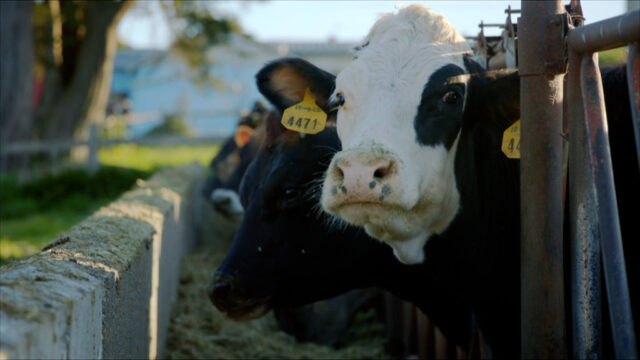Miles O’Brien:
And that’s with only one-half of 1 percent seaweed additive. So, why do cows produce so much methane? To understand that, we need to ruminate literally on the rumen, the first of four compartments in a cows stomach. Here, microbes start the whole process of turning grass into energy.
But this fermentation also releases carbon dioxide, CO2, and hydrogen, H2. With the help of a special enzyme, those molecules are converted to methane, CH4, and exhaled. But this process can be disrupted by an ingredient in seaweed called bromoform. It disables that enzyme, preventing the CO2 and H2 from forming methane.
And the hydrogen is now for the cow. Effective as it appears to be, a lot of it needs to be grown to make a dent in livestock methane production. That’s what they are working on here in Mexico, 140 miles south of San Diego in the tiny community of Ejido Erendira. The U.S. start-up that performed the study at the Straus Dairy Farm is shifting into large-scale production.
This is the Blue Ocean Barns seaweed farm.

















































